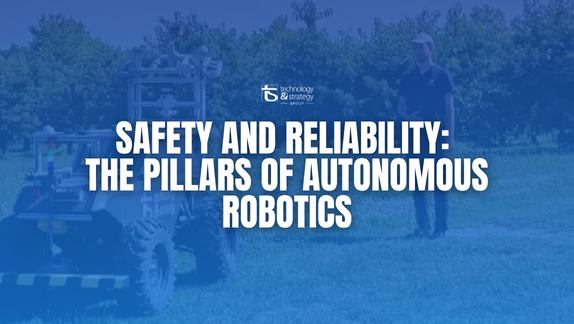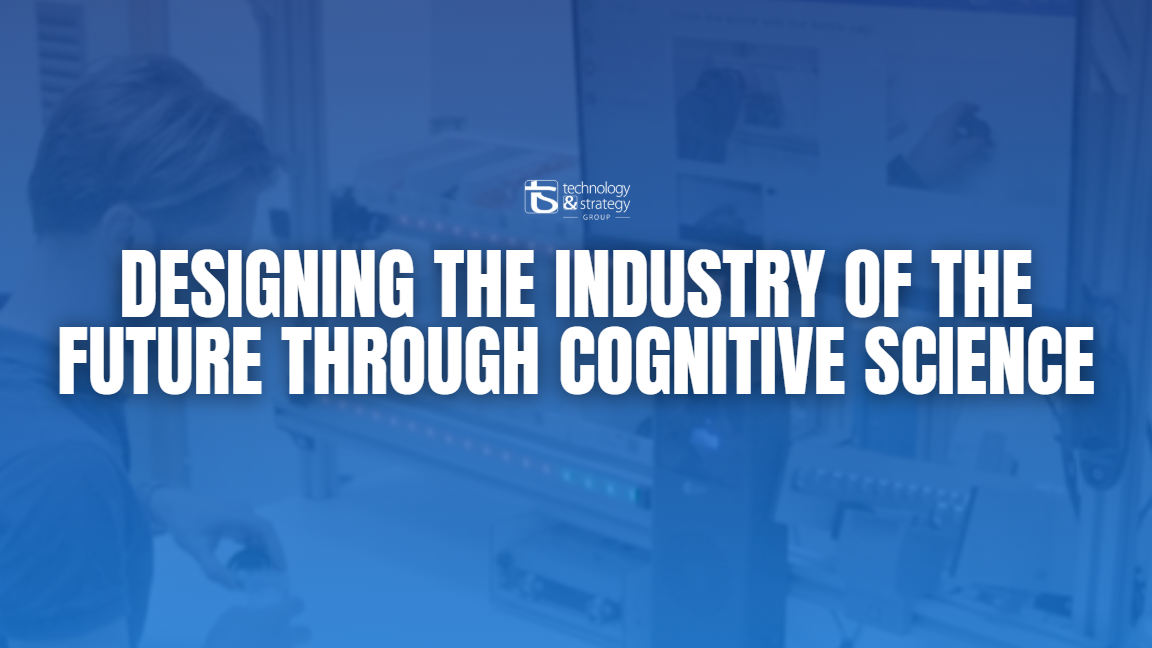Table of Contents:
The MBSE practice, although still little-known in some industries, is currently revolutionizing the way we design and develop systems and products of all sizes. Imagine a world in which every element of a system is connected, where errors are detected well in advance of the process and collaboration between teams is streamlined. That's the promise of MBSE!
But what exactly is MBSE, and how can it help you optimize your projects?
Get ready to go behind the scenes with Matthieu SAUVAGE of this engineering approach, which could well become an indispensable and valuable new ally in your projects.

MBSE is like a treasure map that guides you through the complexity of a project or product. Instead of navigating blindly, you have a clear and precise overview of your destination.
Model-Based Systems Engineering is based on three main ideas:
At the heart of MBSE, modeling is the art of representing a system in the form of diagrams and models. It is a complete digital model of the system. Every element of the system is represented, and the relationships between them are explicitly defined.
Model-Based Systems Engineering considers the whole system, not just its individual components. It's a bit like looking at a living organism: each organ has a specific function, but it's the interaction between all the organs that enables the body to function.
MBSE fosters close collaboration between all the different teams involved in the project. By sharing a common vision of the system, teams can work more efficiently and reduce the risk of misunderstandings.
The benefits are far-reaching and varied:
Using a common language and shared models enables teams to communicate better and avoid misunderstandings. Imagine a symphony orchestra: thanks to the score, all the musicians know which note to play at the right moment.
The simplified, yet comprehensive vision of the system enables potential problems to be identified at an early stage. It's like anticipating obstacles and slowdowns on the road before setting off on a journey.
By ensuring that all the elements of the system are coherent and work together, MBSE helps guarantee product maturity. It's like building a house on a solid foundation.
By avoiding backtracking and reducing errors, MBSE ensures substantial savings. It's like investing in a tool to save time and money.
By efficiently planning and coordinating activities, Model-Based Systems Engineering reduces development times. It's the GPS that helps you reach your goals faster.

Now that we've laid the foundations of MBSE, let's turn our attention to the tools used to implement this approach. Think of MBSE as a universal language for talking about complex systems. The tools, on the other hand, are the dictionaries and grammars that help us translate our ideas into concrete models.
SysML is the most widely used system modeling language today. It offers great flexibility for representing all aspects of a system, from structure to behavior to requirements. It's like a Swiss army knife for systems engineers.
Originally designed for software modeling, UML can also be used to represent larger systems. It is particularly well suited to modeling the software aspects of a system.
There are other modeling languages, such as AADL (Architecture Analysis & Design Language) or Modelica, which are more specialized in certain fields.
Tools such as Cameo Systems Modeler, Papyrus or Capella offer full SysML modeling functionality and are often used in open-source or budget projects.
Software such as Rhapsody, Enterprise Architect or MagicDraw offer advanced functionality and integration with other enterprise tools.
The choice of tool depends on several factors:
It's a bit like picking a car: you have to consider your needs, your budget and your personal preferences. By evaluating the different tools available, you can find the one that best suits your project.
Our experts can help you make the appropriate choices and train you in the use of these tools.
To find out more, contact us here.
Model-Based Systems Engineering (MBSE) is much more than just an approach; it's a revolution in systems design and management. By providing a clear overview, facilitating collaboration and reducing risk, MBSE is an essential ally for modern companies.
Adopting MBSE means investing in a structured, efficient approach to improving quality, optimizing costs and accelerating development times.
To learn more about System Engineering, here is our latest T&S Tech Conference presented by Matthieu SAUVAGE that goes much deeper into this engineering practice:
In our next article, we'll look at how to implement MBSE in your company. You'll discover the key steps, best practices and pitfalls to avoid and integrate this methodological approach successfully.
Get ready to transform the way you work and take full advantage of the benefits of MBSE.



Discover how Englab's R&D Center ensures the safety and reliability of autonomous robots through advanced technologies and strict protocols.
READ MORE
Discover how engineering-driven strategies capture 70% more market value by 2025. Master technical excellence, systems integration & competitive moats that last.
READ MORE
Through his CIFRE PhD at ICube with Englab and T&S, Jülian Salazar explores cognitive ergonomics and inattentional blindness to design adaptive, human-centered intelligent systems driving Industry 5.0.
READ MORE